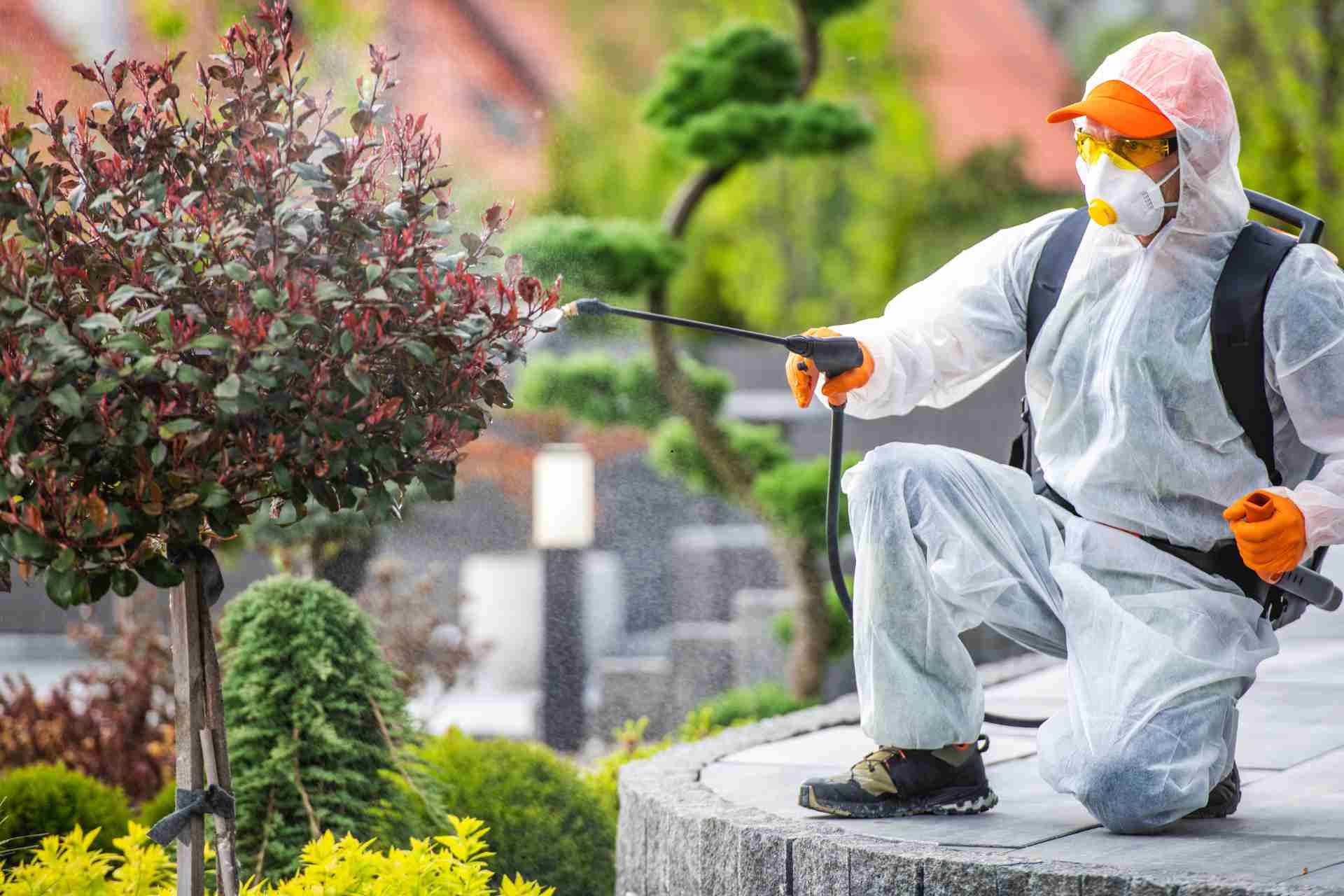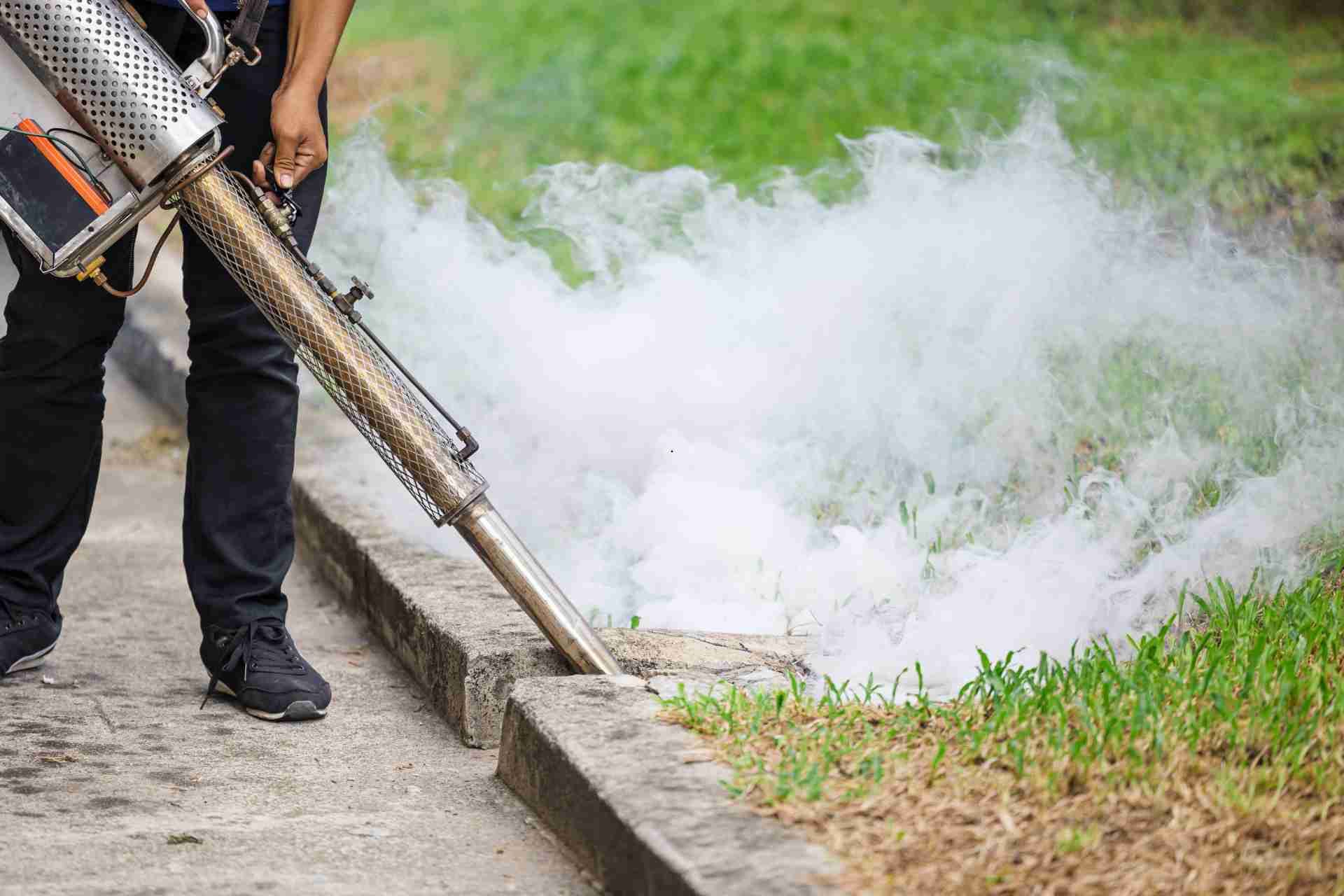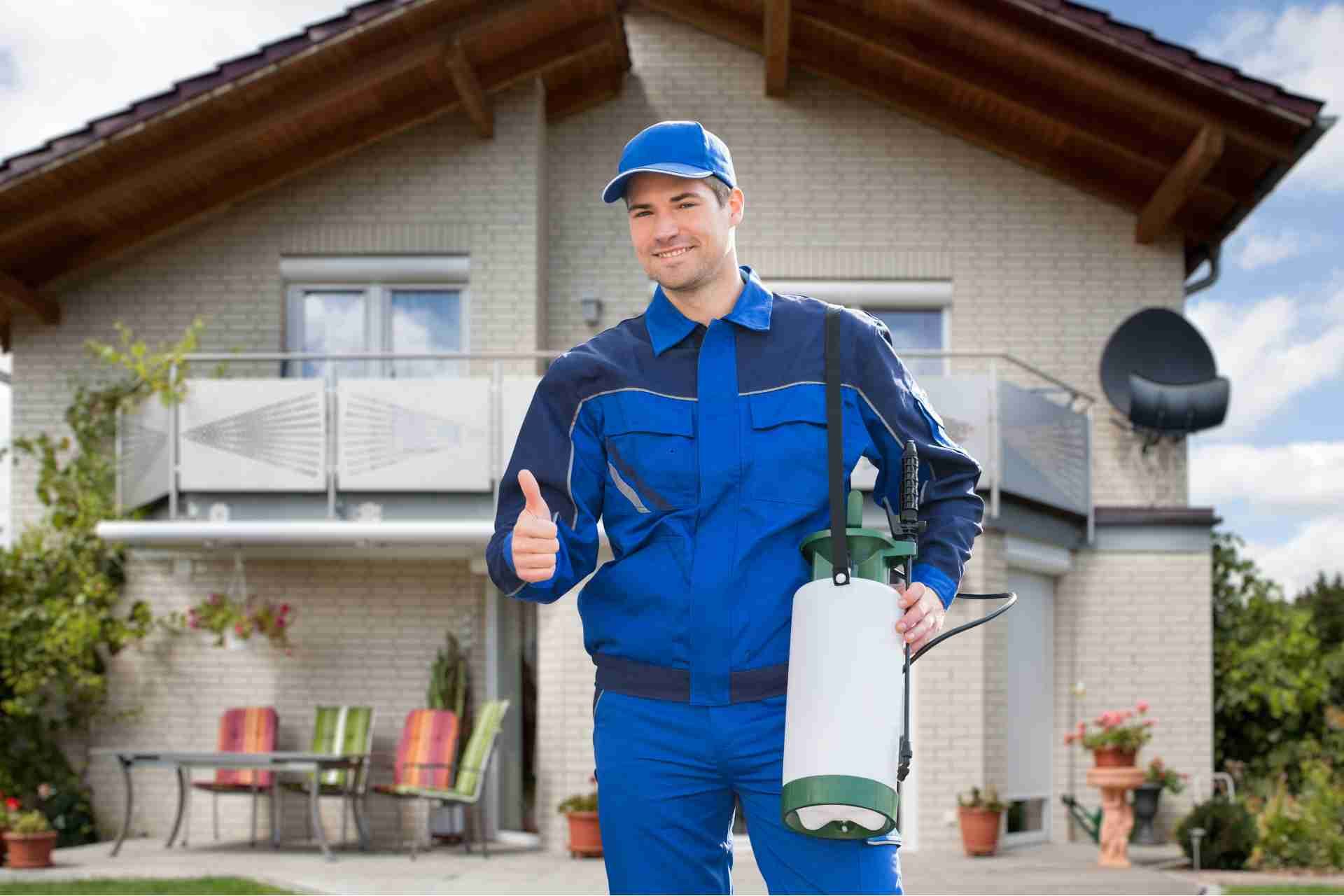How to Spot a Bed Bug Infestation
Bed bug infestations can be a nightmare for homeowners, as these tiny insects can quickly multiply and spread throughout a home. Bed bugs are nocturnal and feed on human blood, leaving behind itchy red welts on their victims.
These tiny pests can wreak havoc on your home and cause itchy bites all over your body. If you suspect that you have a bed bug infestation, it's important to quickly prevent the problem from getting worse.
Learn how to spot a bed bug infestation so you can take the necessary steps to get rid of it.
Check for physical signs
Bed bugs are tiny, reddish-brown insects that feed on the blood of humans and animals. Their bites can be itchy and uncomfortable, and a full-blown infestation can be a nightmare to deal with.
One of the first steps in identifying a bed bug infestation is to check for physical signs of their presence. Here are some key things to look out for:
Blood spots on sheets and mattresses: Bed bugs leave behind small blood spots when they are crushed or when they feed on a person. Look for these spots on your bedding, especially near seams and creases.
Dark spots or stains: Bed bugs also leave behind dark spots or stains on surfaces where they have been hiding or feeding. These spots are usually fecal matter or droppings and can be found on mattresses, bed frames, and furniture.
Shed skins: As bed bugs grow and mature, they shed their exoskeletons. These empty shells can be found near their hiding spots and are a clear sign of an infestation.
Live bugs: Of course, the most obvious sign of a bed bug infestation is actually seeing the bugs themselves. Adult bed bugs are about the size of an apple seed and are usually visible to the naked eye. Look for them in mattress seams, box springs, and other dark and secluded areas.
Look for eggs and eggshells
A possible sign of a bed bug infestation is the presence of eggs and eggshells. Bed bugs lay tiny white eggs that are usually found in hidden cracks and crevices near their hiding spots. The eggs are around 1 mm in size and are often glued to surfaces, making them difficult to remove. As the eggs hatch, they leave behind empty translucent eggshells, which can also indicate a bed bug infestation. If you discover eggs or eggshells in your home, it may be a sign that you have a bed bug problem and should consider contacting a pest control professional for assistance.
Check for shed skins
Checking for shed skins is one way to detect a bed bug infestation. Bed bugs shed their skins as they grow, leaving behind empty exoskeletons that can be found in areas where bed bugs are present. These shed skins are translucent and may vary in size, depending on the growth stage of the bed bug. Finding shed skins is a clear indicator that bed bugs are in the area and action should be taken to address the infestation.
Monitor for bites
One common sign of a bed bug infestation is bites on the skin. Bed bugs feed on human blood, leaving behind itchy red welts on the skin. Bites are often found in clusters on areas of the body that are exposed while sleeping, such as the arms, shoulders, and neck. It is important to monitor for bites as they can be a key indicator of a bed bug problem in your home. If you suspect a bed bug infestation, it is recommended to contact a professional pest control company for inspection and treatment.
Look for musty odors
If you notice a musty odor in your bedroom or other areas where you suspect there may be bed bugs, this could be a sign of a bed bug infestation. Bed bugs release pheromones, which can give off a musty smell that is often described as sweet or unpleasant. If you are smelling this odor, it may be a good idea to inspect your bed and surrounding areas for signs of bed bugs, such as dark spots or bloodstains on the mattress or bedding.
Use a flashlight
To spot a bed bug infestation using a flashlight, follow these steps:
- Turn off the lights in the room and close the curtains or blinds to create a dark environment.
- Use a high-powered flashlight with a bright beam to inspect common hiding spots for bed bugs, such as seams of mattresses, box springs, bed frames, headboards, baseboards, and other furniture.
- Slowly move the flashlight along the edges and seams of the mattress and other surfaces, paying close attention to any signs of bed bugs or their eggs. Look for small reddish-brown bugs, tiny translucent eggs, or dark spots that could indicate bed bug activity.
- Check for live bed bugs crawling or hiding in crevices, cracks, or corners of the room. Bed bugs are nocturnal insects, so they are more likely to be active at night.
- If you spot any signs of a bed bug infestation, such as live bugs, eggs, or fecal stains, it is important to take immediate action to eliminate the problem. Contact a professional pest control company to properly treat and get rid of the bed bugs.
By using a flashlight to inspect for bed bugs, you can catch an infestation early and prevent it from spreading further in your home.
How to Stop Bed Bug Infestation
- Thoroughly clean and declutter your home: Remove any clutter where bed bugs could hide, such as old newspapers, magazines, and piles of clothes. Vacuum carpets, furniture, and baseboards regularly to remove any bed bugs and their eggs.
- Wash and dry bedding and clothing on high heat: Bed bugs cannot survive in extreme temperatures, so washing bedding, clothing, and other fabrics in hot water and drying them on high heat can help kill any bed bugs present.
- Use mattress and box spring encasements: Encase your mattress and box spring in special bed bug-proof encasements to prevent bed bugs from infesting your bed.
- Seal cracks and crevices: Use caulk or sealant to fill any cracks and crevices around your home where bed bugs could hide and breed.
- Use bed bug interceptors: Place bed bug interceptors under the legs of your bed and furniture to trap any bed bugs trying to climb onto your bed.
- Consider using bed bug traps: There are various bed bug traps available that can help monitor and trap bed bugs in your home.
- Be vigilant when traveling: Check hotel rooms and other accommodations for signs of bed bugs before settling in. When you return home, inspect your luggage and clothing for any signs of bed bug infestation.
- Hire a professional pest control service: If your infestation is severe or persistent, it may be necessary to hire a professional pest control service to effectively eliminate the bed bugs from your home.
Hiring Affordable Pest and Mosquito Solutions can help prevent an infestation before it even starts. Our professional team uses safe and effective methods to keep these pests at bay, so you can rest easy knowing your home is protected. Don't let bed bugs ruin your peace of mind – contact us today to schedule a consultation and learn more about our affordable services.










